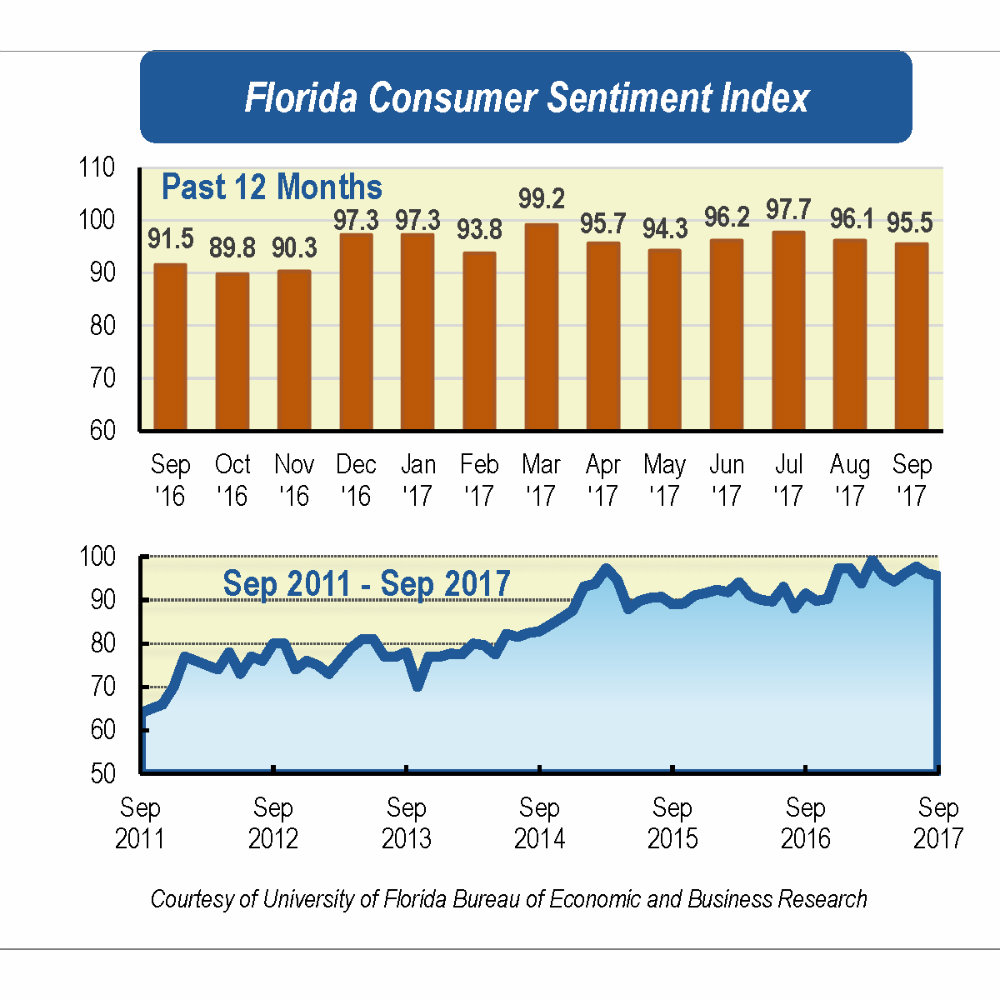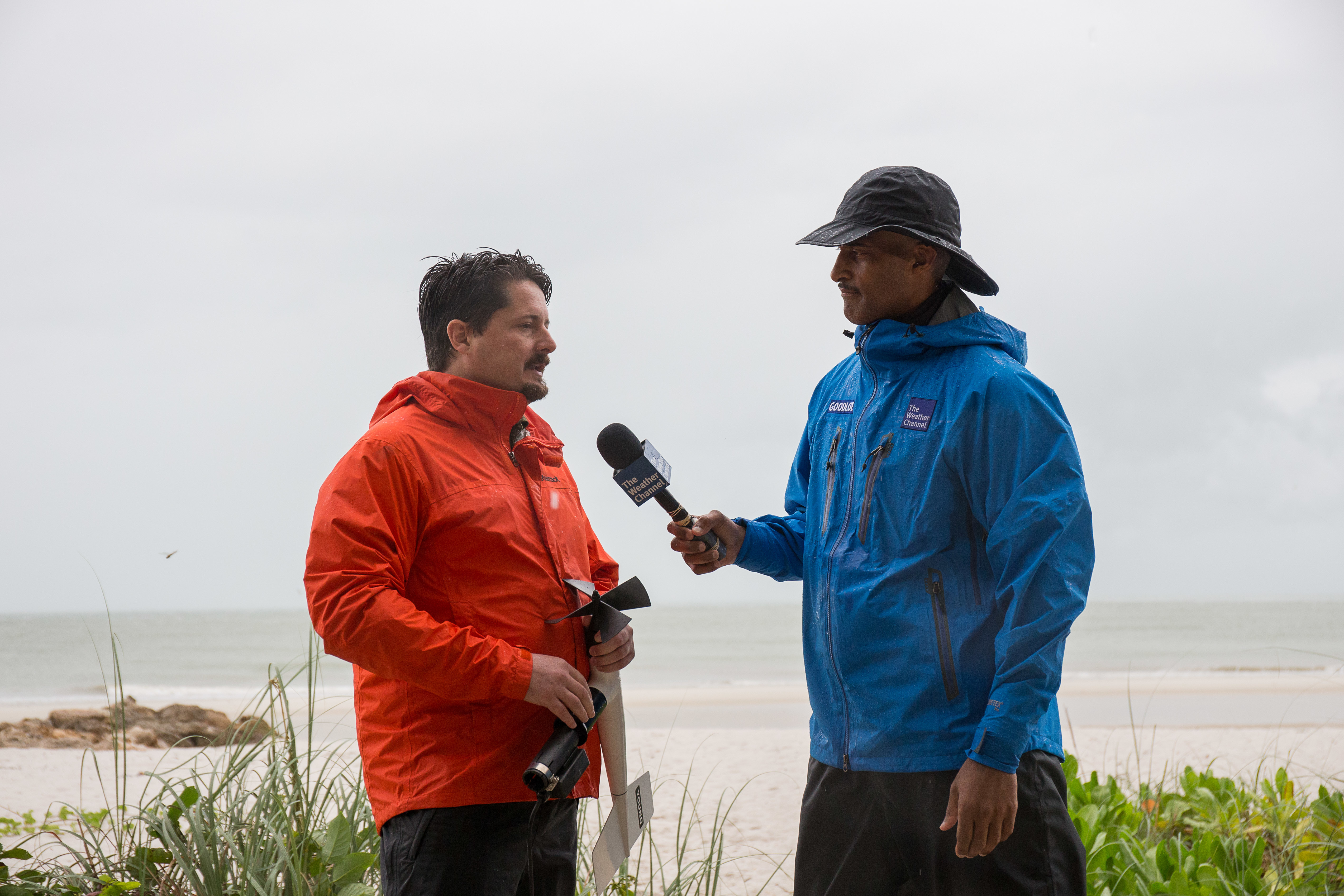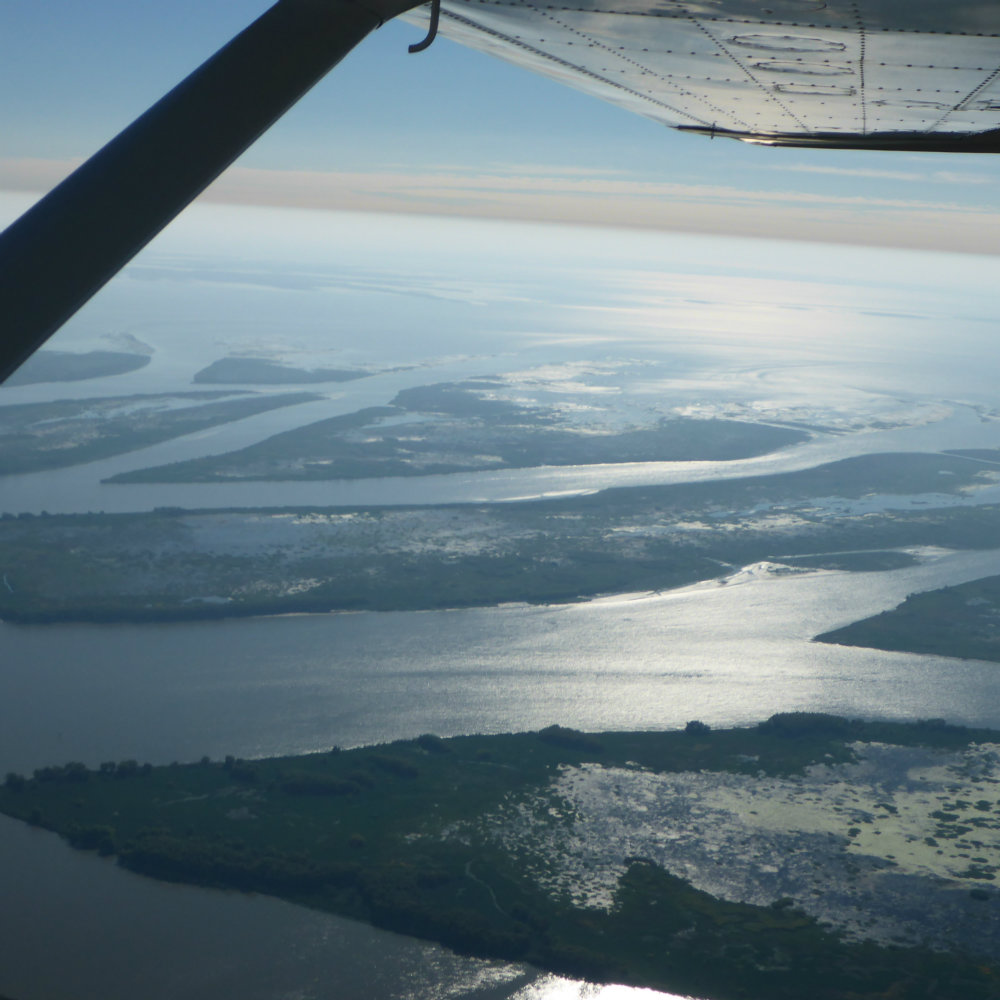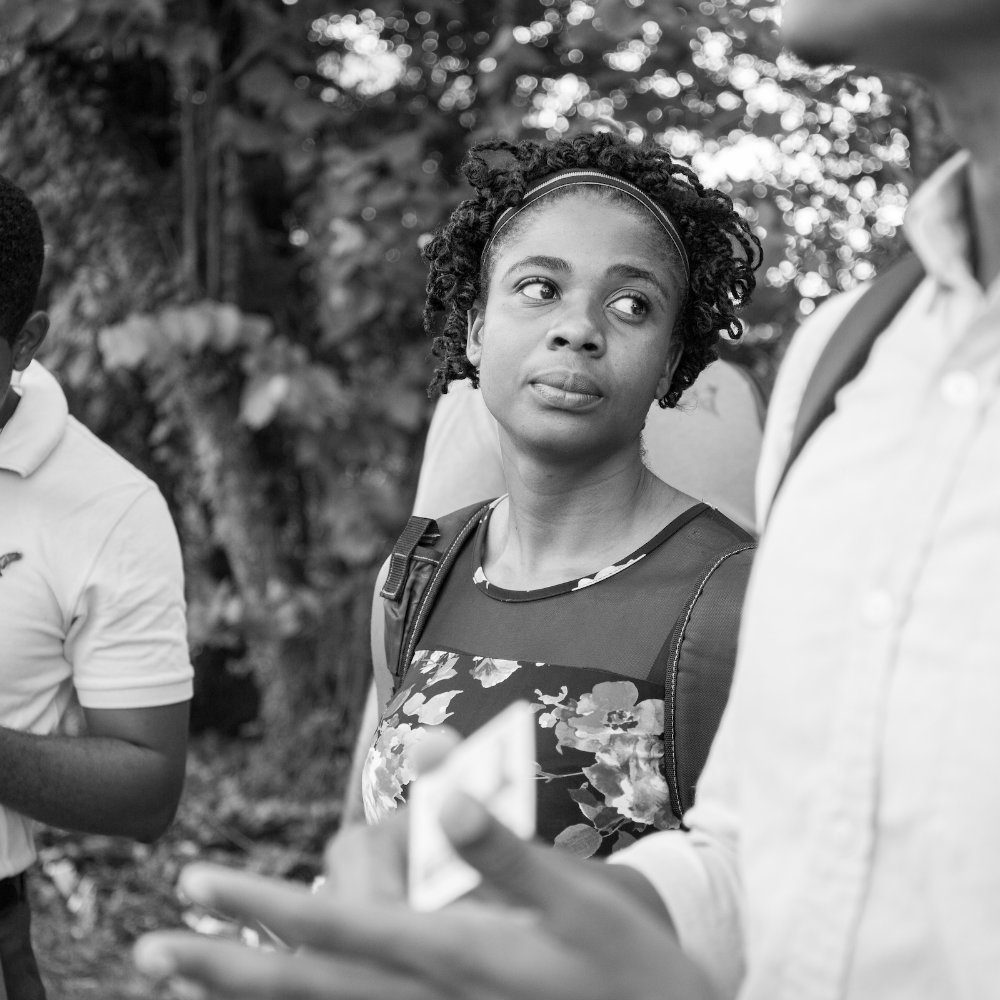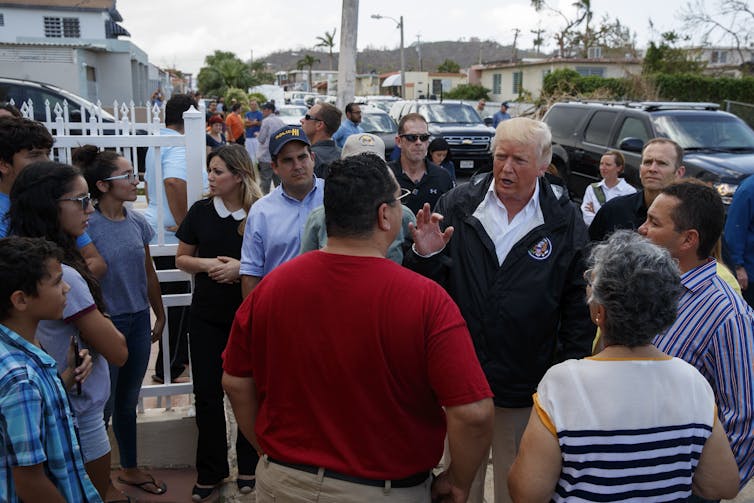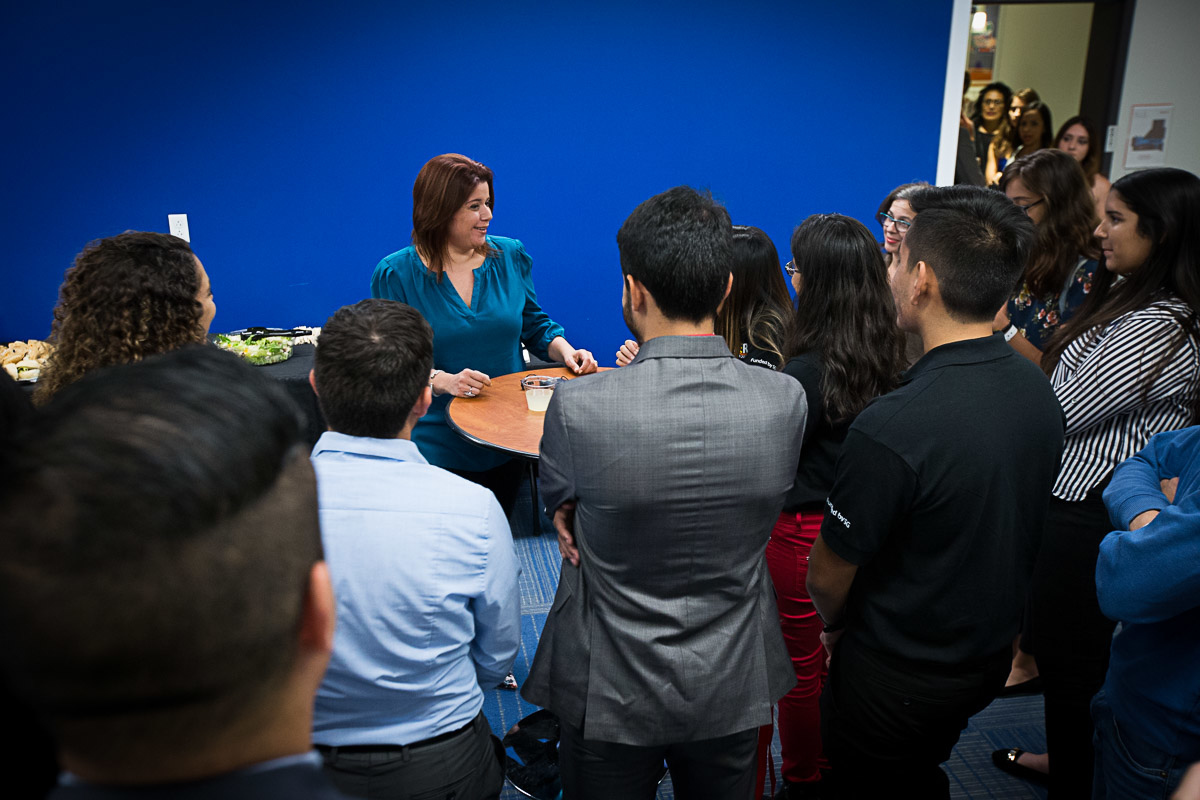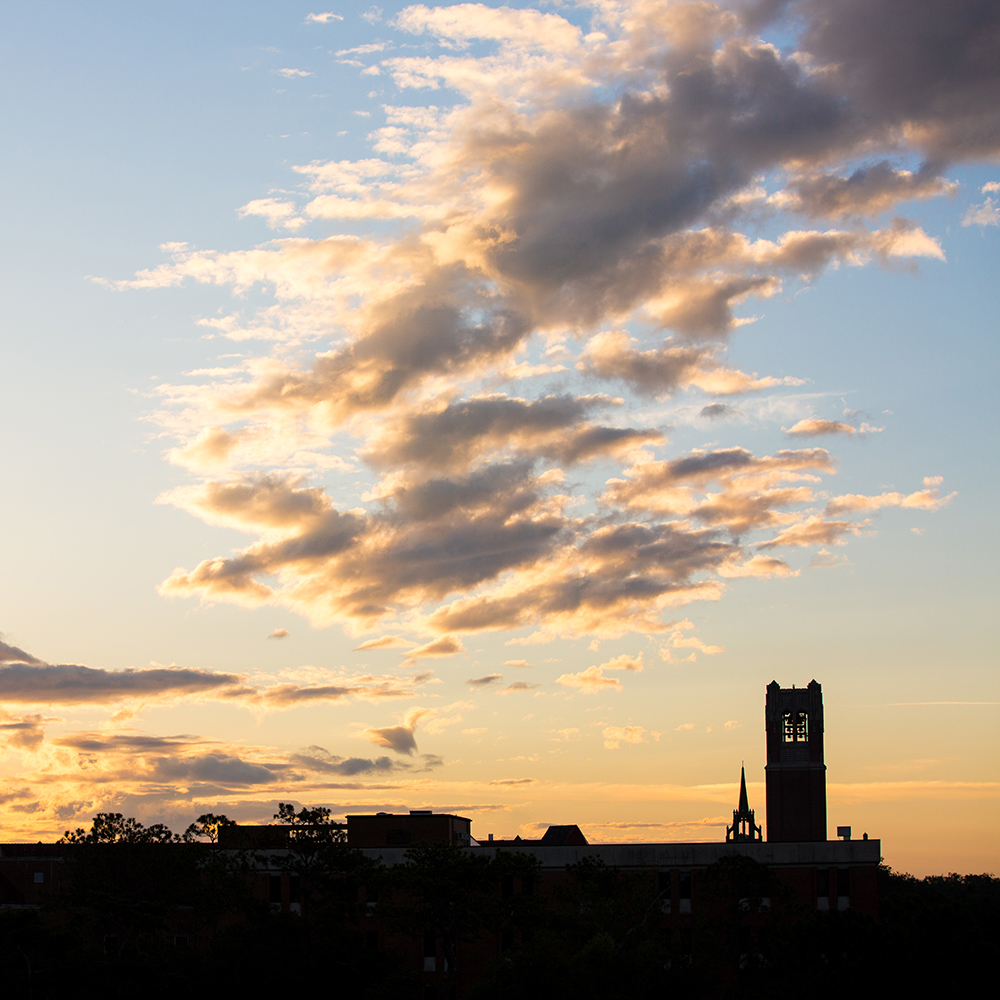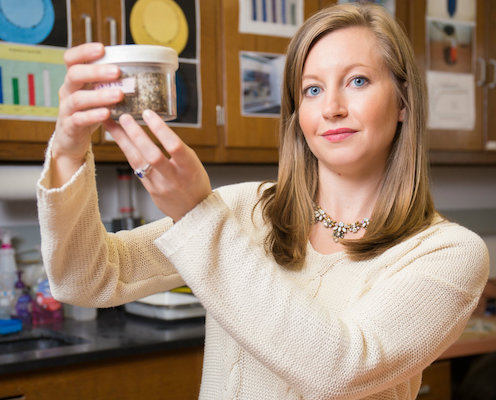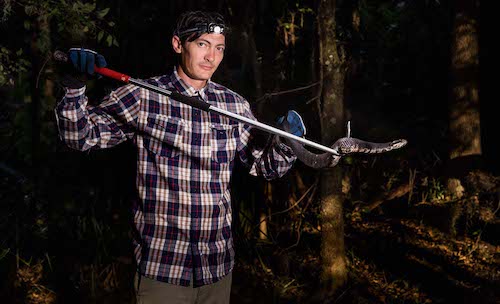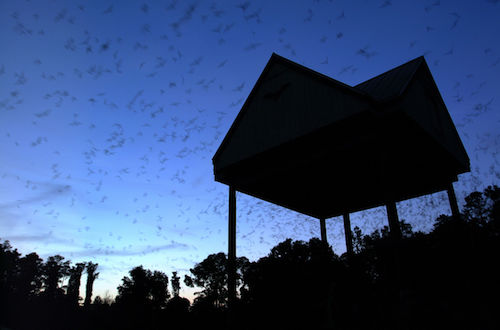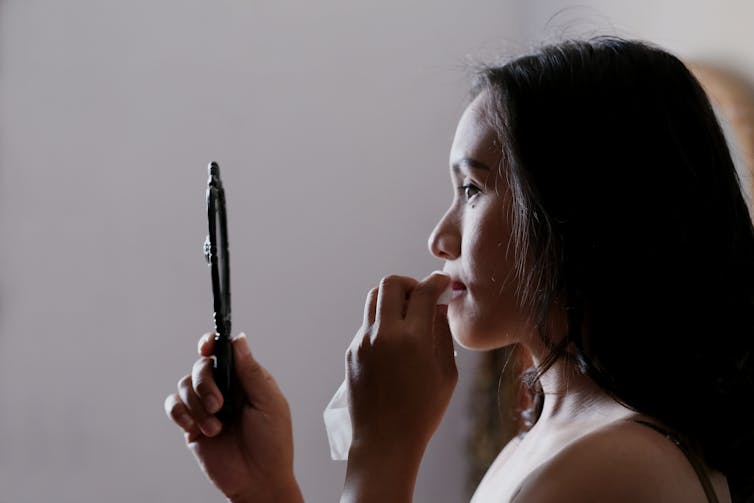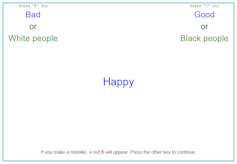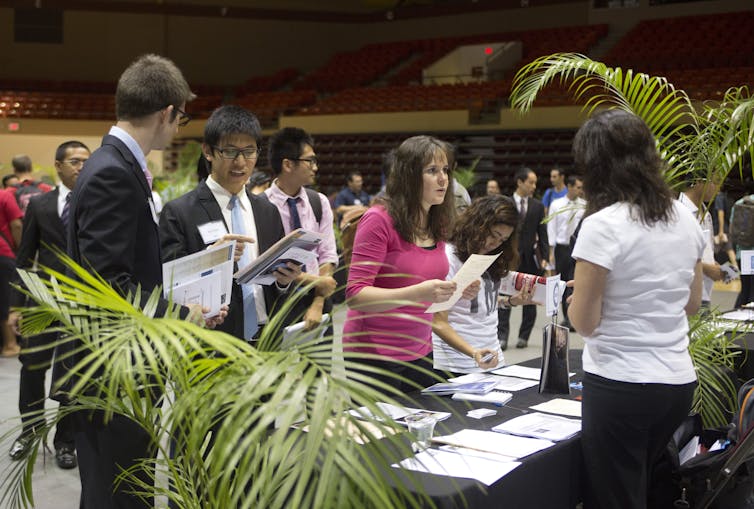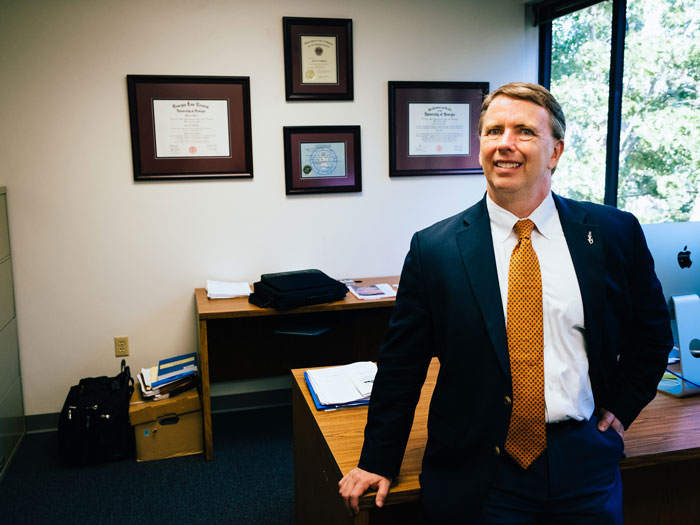
Frank LoMonte wants to transform our relationship with government, but first he has to unpack.
The new director of the Brechner Center for Freedom of Information at the University of Florida’s College of Journalism and Communications recently came to Gainesville from Washington, D.C., where he led the Student Press Law Center. After nine years of working on behalf of student journalists, he’s now focused on access to information for anyone in the information business.
You don’t have to be a journalist or a lawyer to benefit from freedom of information and open government, he says.
“The polluted water scandal in Flint, Michigan, came to light directly because of the accessibility of public records. We should be at a moment in history where people value and appreciate access to information like never before, but I’m not sure people make that connection. They like knowing that their water is safe to drink, but they don’t always connect that back to transparency laws.”
We asked LoMonte for his take on the future of press freedom and open government — and how the Brechner Center can help.
If you could snap your fingers and accomplish something right away, what would it be?
We need a global mentality adjustment among the people serving in government toward maximum disclosure and not the least the law will allow. That’s the single greatest thing I’d like Brechner to be a catalyst toward accomplishing. If we could change the mindset so that people in government appreciate that disclosure is not an impediment to doing their job but is a foundational part of their daily work, then we will have transformed the way citizens interact with their government.
Right now, our laws promote a mindset that it is the job of government to minimize disclosure. There’s very little that absolutely, positively has to be withheld. social security numbers, bank account numbers, students’ academic records — all those things have to be withheld. But then there’s a vast universe of things that could be withheld or could be disclosed, and the default should always be toward disclosure. But I think the way our laws are written right now encourages the opposite. It encourages people to try to withhold the maximum that they can.
What are your overarching goals for the Brechner Center?
To me, the goal is to figure out what will make open government useful and relevant in people’s lives. Open government is always recognized as a good thing in the abstract, but I think people don’t know that much about what’s available to them and how to enforce their rights. That’s part of our public education job, to help people appreciate that well-enforced public-records laws are truly a civic safety matter.
Depending on how you look at it, the current political climate could be viewed as the best time or the worst time to do what you do. How do you see it?
I think it’s the best time, because when people are skeptical of powerful institutions, then they want more accountability and more transparency. I think it’s a matter of harnessing that skepticism into activism for greater transparency and disclosure.
I see a lot of roads converging in the direction of what I call hypertransparency. I see roads converging there because of the alarm over fake news. What is the antidote to fake news? The answer is pushing verifiable truthful information out to the public so no one has to take anyone else’s word for anything. It is easy for me to start a rumor that the Legislature is about to put people in internment camps by posting a fake post to Facebook. The antidote is to put all legislative meetings on the web, on camera, so that people can say, ‘I watched that meeting with my own two eyes and here’s the link to it, and I can prove to you that that is false.’ If I can push out a link to the video meeting, you don’t have to take my word for it anymore.
The other factor that I see converging is the erosion of full-time news media jobs. If there are going to be fewer salaried professional journalists watching the county commission or watching the state legislature, what is the answer? The answer is to put all of their records and all of their meetings up on the web so that the public can find them without that trained learned journalist to lead them to that information.
How does awareness of press freedom among journalism students compare to the past?
I think the current generation of young people is the best batch of cookies we have ever baked. These are the smartest, kindest and most tolerant people America has ever produced. I think that awareness of press freedom is about where it’s always been: The people who practice journalism every day are very acutely aware of it and the general public is not. The general public is certainly aware that we have a First Amendment that protects freedom of the press. I don’t think people make the connection between that and the information they receive in their daily lives. I don’t think that people are walking around aware of that, just like they’re not walking around aware that the Fourth Amendment protects them against the government searching them. It’s like oxygen: You don’t notice it until you really, really, really need it.
You’ve been charged with expanding the focus of the Brechner Center — what does that look like?
I see Brechner right at the intersection where journalism and civics come together. We can be a bridge between those two communities. A lot of the work of open government has been seen as journalism work. I want to rebrand that. We all own the responsibility for open government, and we all benefit from it.
Why did you want to come to UF?
The Brechner Center is the only center devoted to improving the public’s access to information in a journalism school setting rather than a law school setting. Doing open government work inside a journalism school gives you access to vast storytelling resources. That was a big attraction. I am really excited about harnessing the tools of journalism to tell a better story about open government. We can make documentary films about open government. We can make virtual reality pieces about open government.
There are also so many really strong complementary pieces here at UF. You’ve got a first-rate law school with a really forward-thinking dean who’s doing great things. You’ve got the Graham Center which is another unique resource, a think-tank about civic education that’s right here a block away from us. All those pieces can come together and create really powerful tools for change.
Society & Culture

